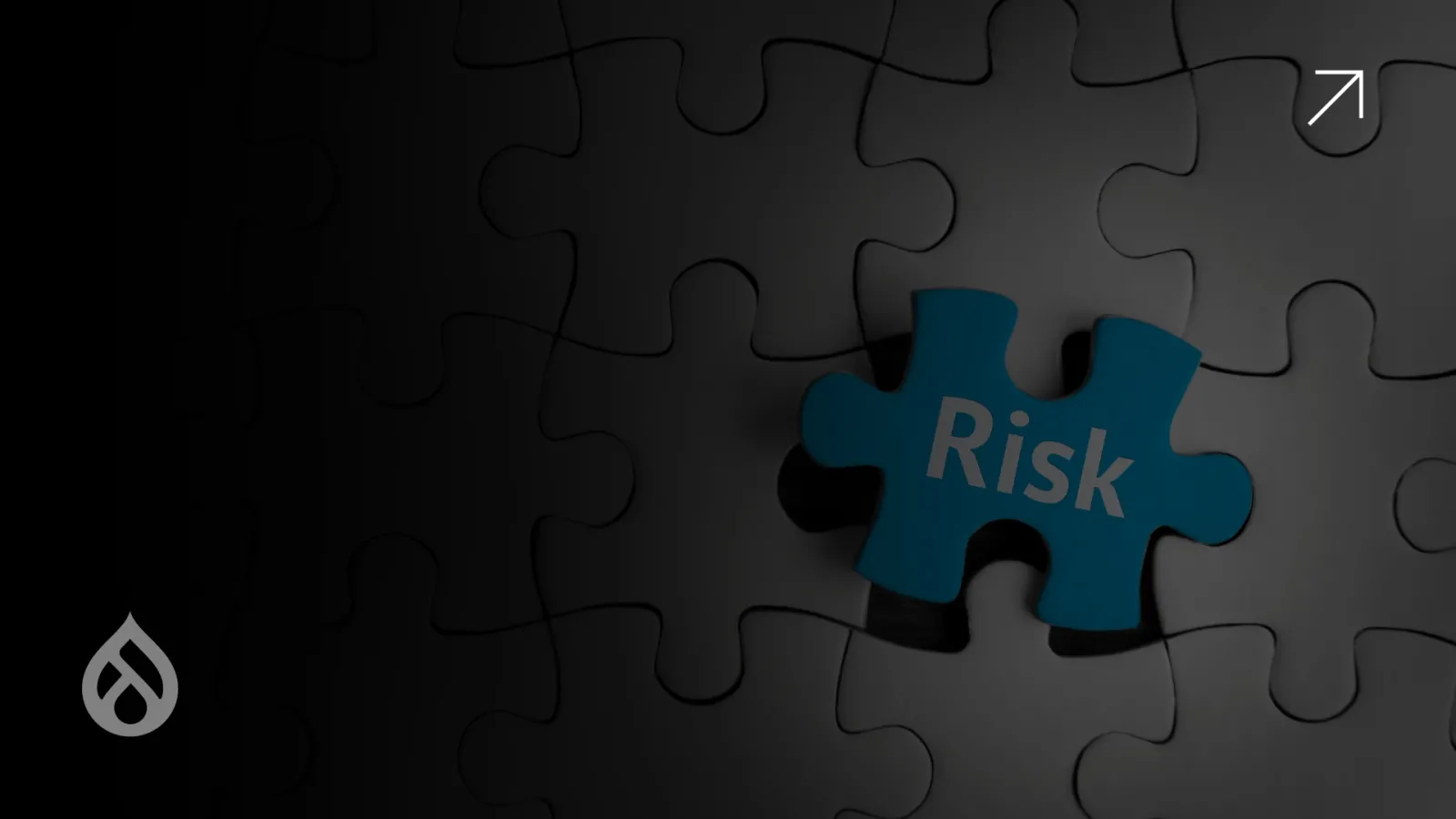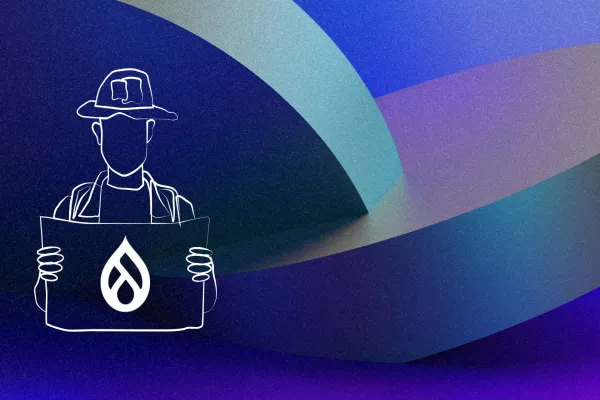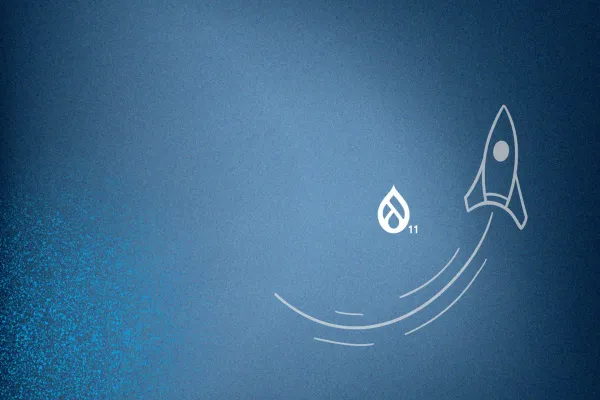Drupal 7 has been a trusted content management system (CMS) for over a decade, powering countless websites with its robust features and flexibility. However, as of January 5, 2025, Drupal 7 has officially reached its End of Life (EOL). This milestone marks the cessation of security updates, bug fixes, and community support, leaving organizations that continue to rely on Drupal 7 exposed to significant risks. If your website is still running on this outdated platform, it’s time to act. In this blog, we explore the critical reasons why staying on Drupal 7 is no longer viable and why migrating to a modern CMS is urgent.
End of Official Support Means No More Security Updates
The official EOL for Drupal 7 means that the Drupal community will no longer provide security patches or bug fixes. This lack of updates exposes your website to a wide range of vulnerabilities, including data breaches, malware attacks, SQL injection, and cross-site scripting (XSS) threats. Hackers actively target unsupported platforms because they know vulnerabilities will remain unpatched. Without these critical updates, your website becomes an easy target for exploitation. The risks are not hypothetical; they are immediate and real.
Organizations handling sensitive customer information—such as payment details or personal data—are particularly at risk. A single breach can lead to severe consequences that extend far beyond technical issues. The urgency to migrate from Drupal 7 cannot be overstated.
Escalating Security Risks Threaten Business Continuity and Reputation
A security breach can have devastating effects on your business. Beyond the loss of sensitive data, organizations may face legal liabilities, regulatory fines under frameworks like PCI DSS, GDPR, or HIPAA, and irreparable damage to their brand reputation. Compliance standards explicitly prohibit running unsupported software, meaning businesses relying on Drupal 7 risk failed audits and costly penalties.
Moreover, downtime caused by cyberattacks or system failures will increase. Recovery times will be longer due to the lack of community support and the shrinking pool of developers familiar with Drupal 7. Every moment of downtime impacts user experience, sales revenue, and customer trust—a risk no organization can afford.
Rising Maintenance Costs and Shrinking Developer Availability
Maintaining a Drupal 7 website post-EOL is not only risky but also expensive. Organizations must invest in costly custom patches and workarounds to address security vulnerabilities and compatibility issues. The pool of Drupal 7 experts is rapidly shrinking as developers shift their focus to newer versions like Drupal 10 or alternative CMS platforms. This scarcity drives up developer rates and makes finding qualified support increasingly difficult.
Continuous troubleshooting adds operational overheads that divert resources from strategic initiatives. Instead of investing in innovation or growth opportunities, businesses find themselves trapped in a cycle of reactive maintenance—a costly and unsustainable approach.
Technical Debt and Compatibility Challenges
Drupal 7’s aging architecture is becoming increasingly incompatible with modern server environments, PHP versions, and third-party integrations. Hosting providers upgrading their infrastructure may force you into costly forward compatibility fixes or leave your site facing service disruptions. These challenges accumulate technical debt over time, making future migrations even more complex and expensive the longer you delay.
By staying on Drupal 7, organizations risk falling behind industry standards for performance, accessibility, and security. Migrating now minimizes technical debt and positions your website for long-term sustainability.
Operational Risks: Increased Downtime and Reduced Agility
Unsupported software like Drupal 7 is prone to crashes and errors without fixes. This leads to more frequent downtime that directly impacts user experience and business operations. Without official support channels available for urgent issues, organizations must rely on internal resources or third-party vendors who may lack expertise in resolving complex problems efficiently.
Reduced agility in responding to technical issues further compounds operational risks. For businesses competing in fast-paced markets, prolonged downtime can erode customer trust and hinder sales—a risk that grows with every day spent on Drupal 7.
Missed Business Opportunities and Competitive Disadvantage
Staying on Drupal 7 means missing out on the advanced features offered by modern CMS platforms like Drupal 10 or other alternatives. These platforms provide improved performance metrics, enhanced user experiences, better scalability options, and cutting-edge integrations that drive innovation.
Competitors leveraging modern CMS solutions can respond faster to market changes while delivering superior digital experiences. The longer you remain on Drupal 7, the wider the innovation gap grows—limiting your ability to compete effectively in an increasingly digital-first world.
Temporary Workarounds Are Not Sustainable
Some organizations may consider extended support contracts or third-party maintenance as temporary solutions for staying on Drupal 7 post-EOL. However, these measures are costly stopgaps that fail to address core issues like security risks or compliance challenges. They merely delay the inevitable migration while adding unnecessary expenses.
Ultimately, migrating from Drupal 7 is not just a technological necessity—it’s a strategic imperative for ensuring business continuity and growth in the digital era.
Conclusion: Act Now Before It’s Too Late
The risks associated with staying on Drupal 7 after its EOL are significant—ranging from escalating security vulnerabilities to mounting maintenance costs and operational inefficiencies. Migrating to a modern CMS platform like Drupal 10 is not just a recommended step; it’s an urgent priority for safeguarding your website’s future.
By acting now, organizations can minimize technical debt, reduce downtime risks, enhance user experiences, and stay competitive in their respective industries. Don’t let inertia hold you back—start planning your migration today. The cost of delay is far greater than the investment required for modernization.





